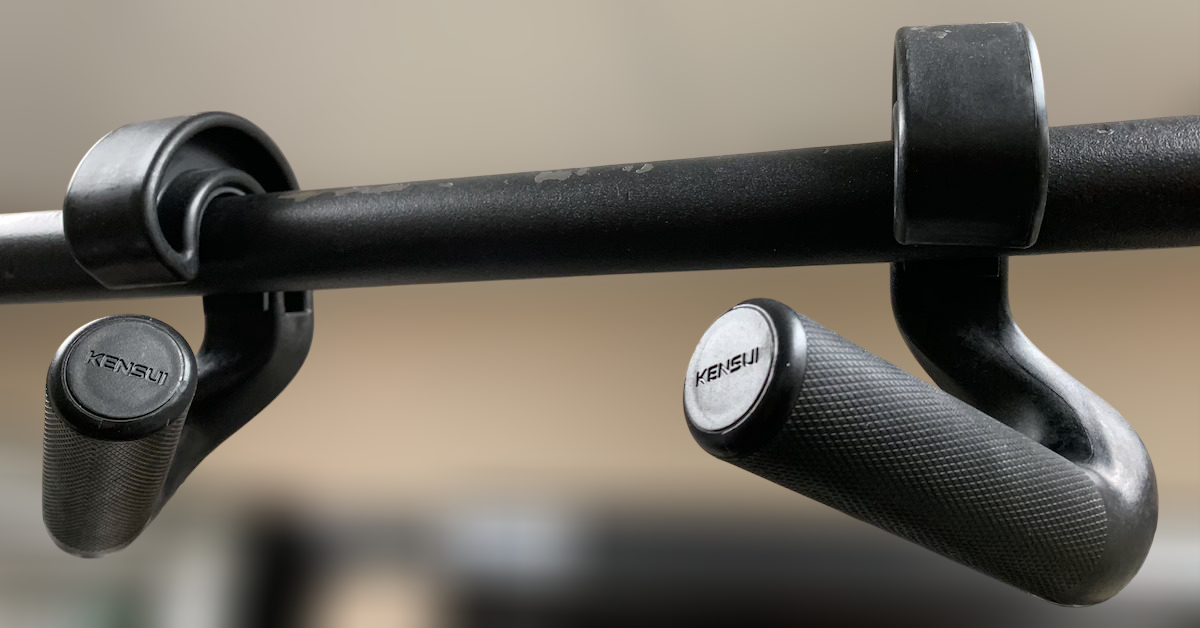Research can provide golden information to health and fitness professionals. Here are some recent findings from the Proceedings of the Canadian Society for Exercise Physiology Annual General Meeting to help you stay ahead of the pack.
Non-local Acute Stretching Effects on Range of Motion in Healthy Adults: A Systematic Review with Meta-analysis
(Behm et al., 2020)
In conclusion, stretching one muscle group can induce large magnitude, global increases in ROM [range of motion].
Note: According to the researchers, one of the proposed mechanisms may be attributed to stretch tolerance. I talk about this concept in Flexibility 101: The Do’s and Don’ts of Stretching.
Foam Rolling Prescription: A Clinical Commentary
(Behm et al., 2020)
To achieve the greatest ROM, the regression equations predicted rolling prescriptions involving 1–3 sets of 2–4-s repetition duration with a total rolling duration of 30–120 seconds per set… In summary, relatively small volumes of rolling can improve ROM with generally trivial to small effects on strength and jump performance.
Note: Foam rolling as part of a warm-up can run its course. Don’t do it forever! Learn more in Foam Rolling and Pain.
The Impact of the COVID-19 Pandemic on Physical Activity and Sedentary Behaviour of University Students
(Bertrand et al., 2020)
Low physical activity and high sedentary behaviour were already risks for poor health before the pandemic… these risks were significantly compounded.
Note: I’m sure the results apply to younger students as well. Low activity and high sedentary behaviour are leading factors in childhood obesity.
Safety of Moderate- to High-Intensity Resistance Training in Adults 50+ at Elevated Fracture Risk
(Hosseini & Chilibeck, 2020)
Moderate to high-intensity resistance training can be prescribed to people at moderate risk of fracture with no serious adverse events.
Note: Want to improve bone density? Don’t use pink dumbbells!
Effect of Topical Menthol Analgesics After DOMS
(Mirzabeigi Fini et al., 2020)
Menthol-based gels help reduce pain and increase performance following DOMS [delayed onset muscle soreness].
Note: There’s a natural topical remedy that may reduce pain and promote muscle growth. It was developed over 100 years ago and might already be in your medicine cabinet.
Cold-Water Immersion and Post-Exercise Recovery
(Mosely et al., 2020)
These preliminary results do not support any benefit of 30-minute post-exercise cold-water immersion on muscle function recovery at 24 hours following HIIE.
Note: If you haven’t heard, it’s no longer cool to ice. Icing may reduce pain but won’t improve recovery.
Impact of Statin Withdrawal on Quality of Life and Performance
(Peyrel et al., 2020)
Statin withdrawal improved pain levels, grip strength, and physical quality of life in patients experiencing statin-associated muscle symptoms.
Note: Some patients feel a million times better off statins! Read more in Diabetes Gone in One Week and Revealing the Heart of the Matter.
Theraband™ CLX Gold and Squatting Mechanics
(Vardy et al., 2020)
The gold band increased hip abductor activation but also caused greater medial knee collapse.
Note: According to a study in BMJ Open Sport & Exercise Medicine, squatting with resistance bands likely increases the risk of knee injury. Don’t do it!

Upgrade Your Pull-Ups with Swissies-SP Handles
Pull-ups are one of the best exercises for building back and arm strength—but not all pull-up bars are created equal.

No Time to Walk After a Meal? Do This Instead!
By now, most people know that getting in daily steps is essential for overall health. In particular, taking a short

Stay Fit on the Fly: No-Excuse Workouts for Travelers
One of the biggest challenges people face when traveling is maintaining their exercise routine. The two most common excuses? Lack
follow
Error: No feed with the ID 2 found.
Please go to the Instagram Feed settings page to create a feed.
